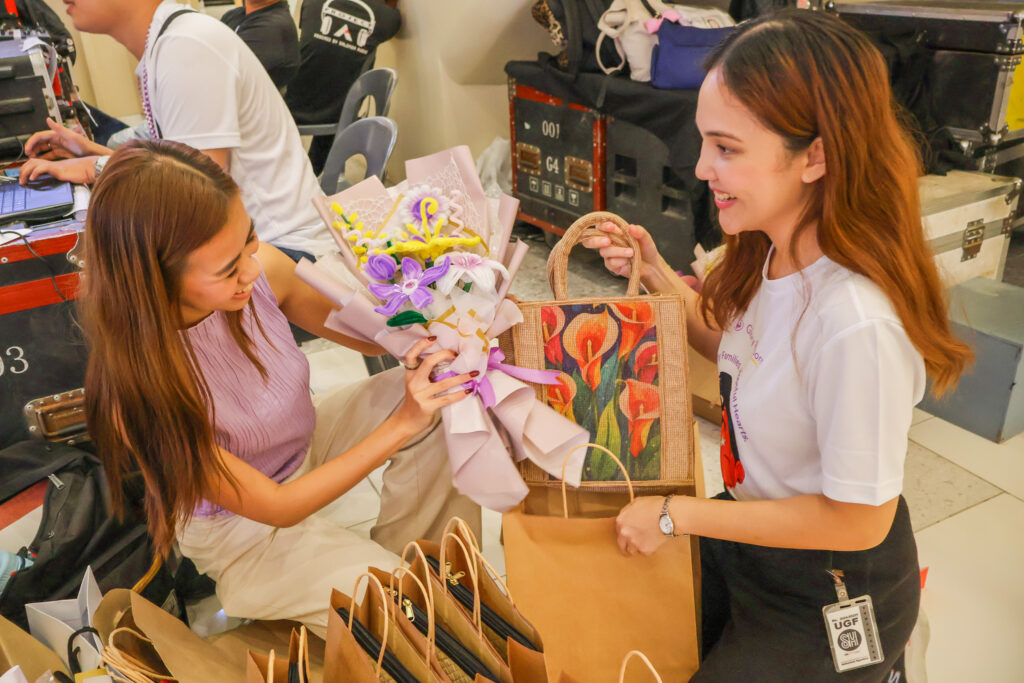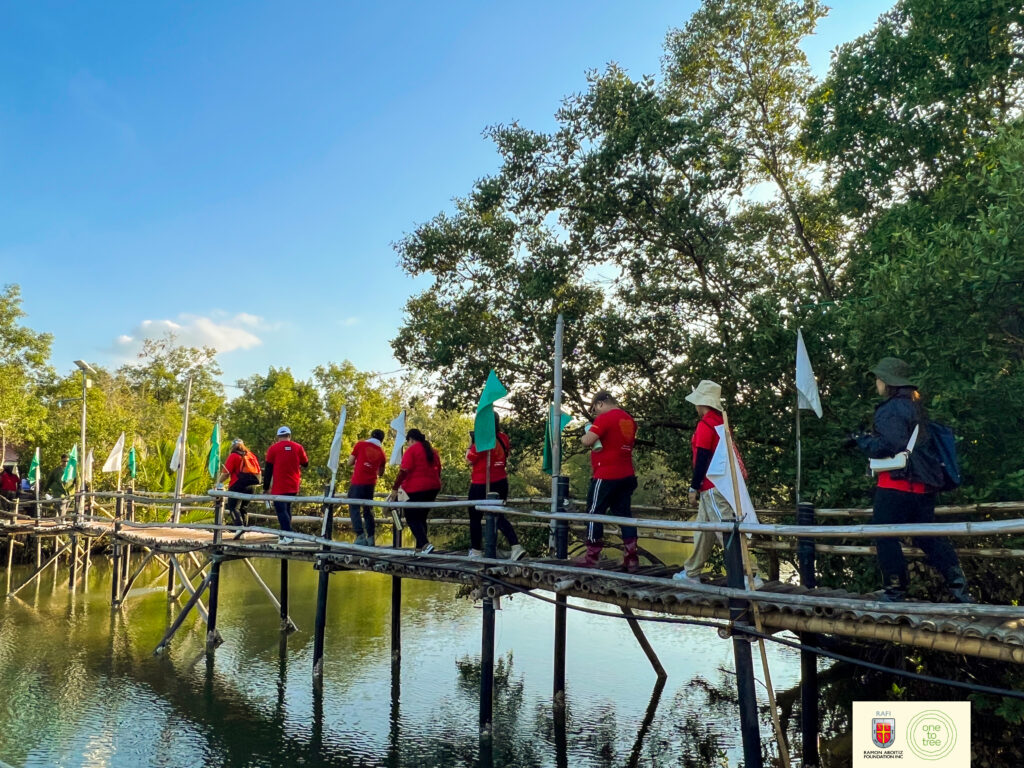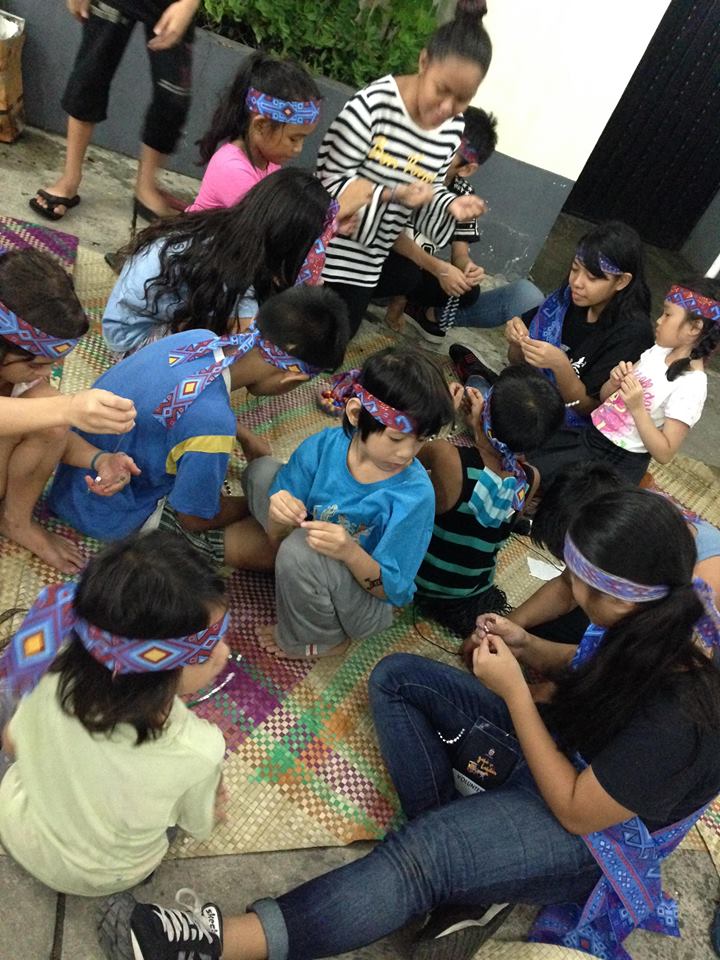
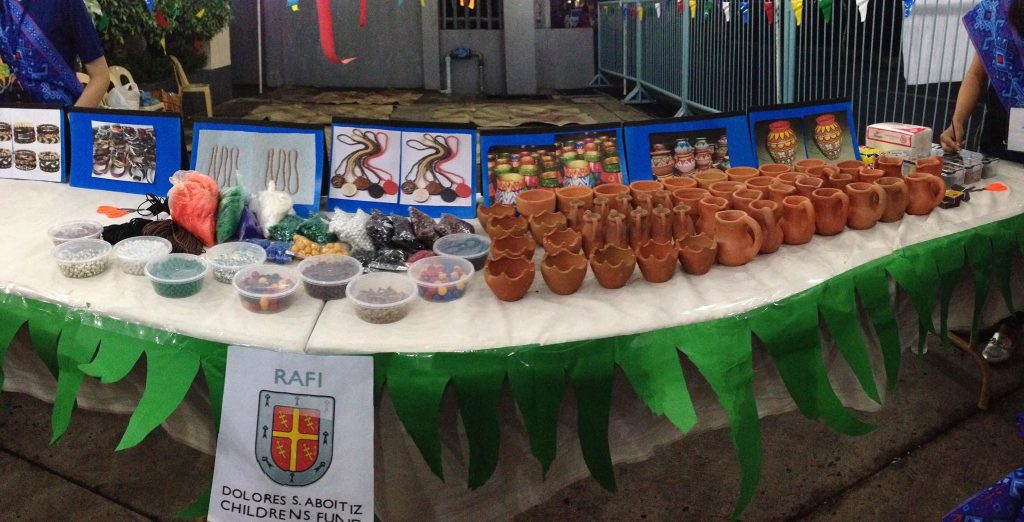
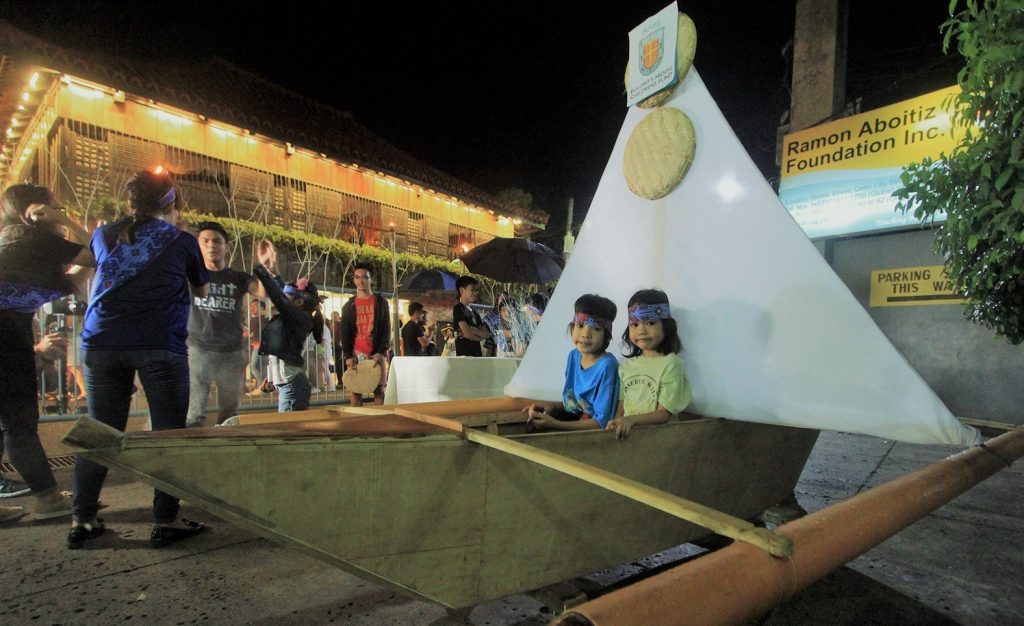
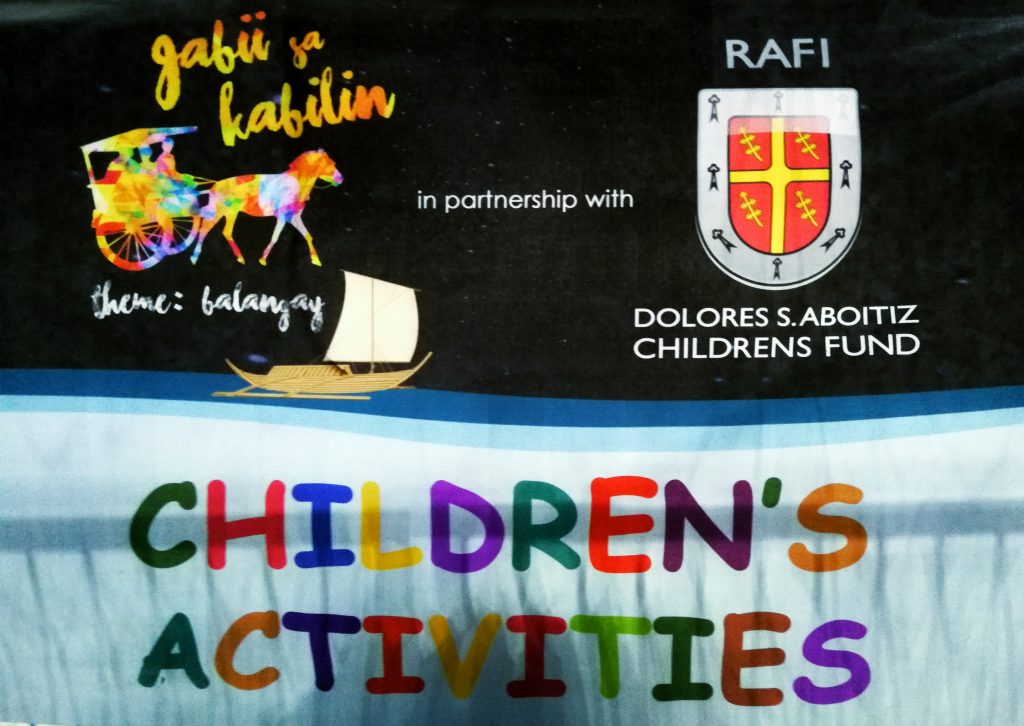
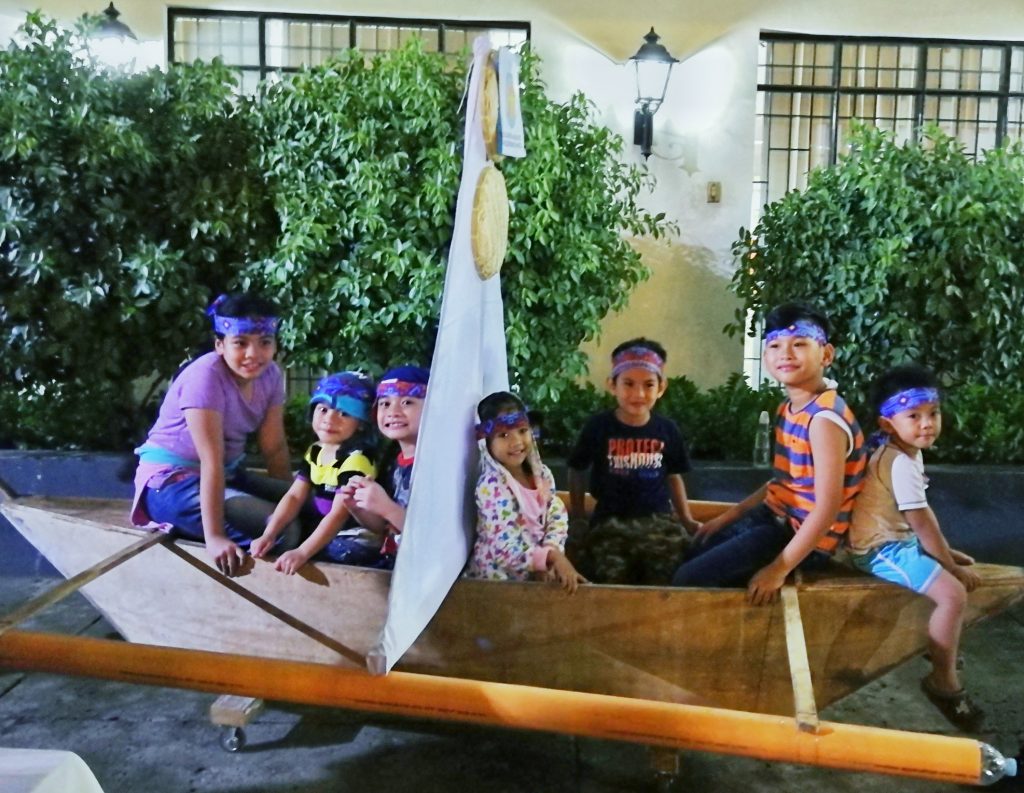
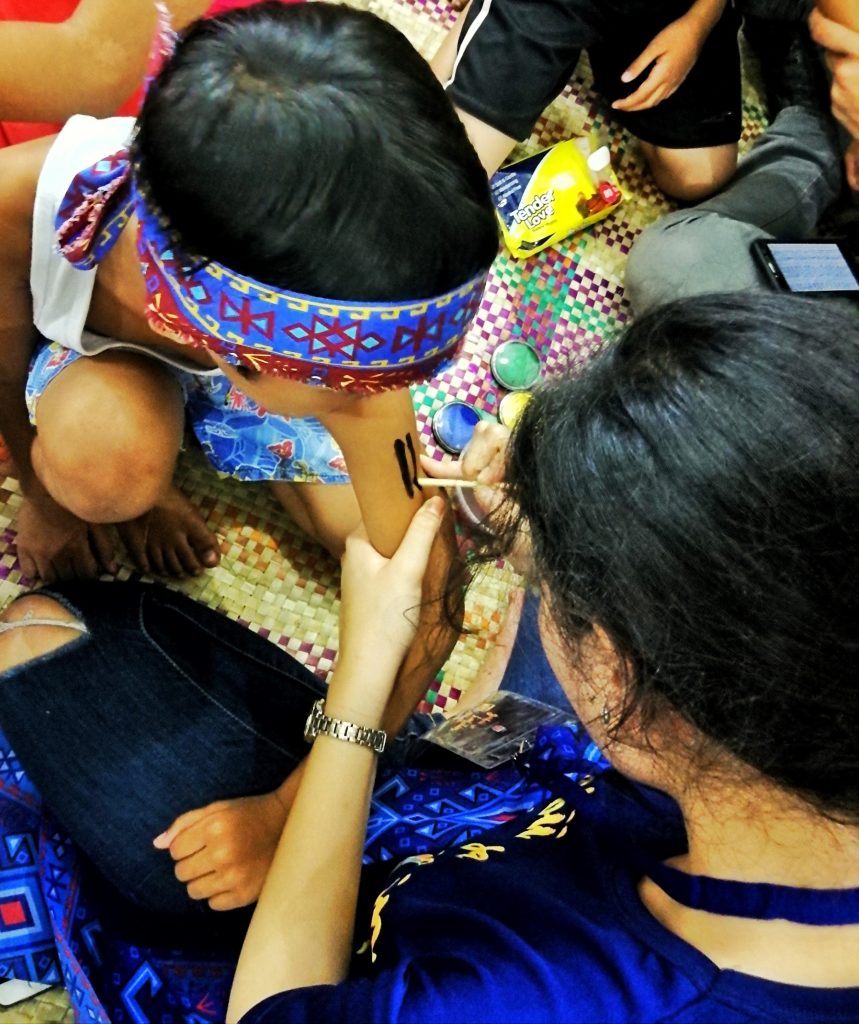
Previous
Next
The annual Gabii sa Kabilin allows people from all walks of life to recognize and appreciate the culture, heritage, and history of pre-colonial Filipinos, and for children to learn history in a fun and exciting way.
On its 12th run, Gabii sa Kabilin went with the theme “Balangay,” the first wooden watercraft excavated in Southeast Asia during pre-colonial times. When Spaniards first arrived in the Philippines in the 16th century, they found the Filipinos living in well-organized independent villages called barangays. The name barangay originated from balangay, the Austronesian word for “sailboat.”
To incorporate the theme for this year’s Gabii sa Kabilin, the Dolores Aboitiz Children’s Fund of the Ramon Aboitiz Foundation Inc. (RAFI-DACF), in partnership with the Culture & Heritage Unit of the Ramon Aboitiz Foundation Inc. (RAFI-CHU), organized an activity for children ages 5 to 12 to make them appreciate further the pre-colonial activities of ancestral Visayan Filipinos.
Children were able to experience travelling the seas through a balangay-inspired boat. They were first oriented on the different activities that awaited them on the other island. A datu (tribal chief) and a hara (queen consort of a Raja) were also chosen from among the participants. They were oriented that the balangay was used during the pre-colonial times for Filipinos to travel through seas.
Prior to travelling, the young datu and hara experienced the palina, a smoke bath using a mixture of twigs, leaves, herbs and charcoal embers. In the ancient Visayan times, specifically in the Province of Bohol, local travelers danced around a lighted charcoal which has a palina. It was believed that the palina would provide good voyage and good luck to local travelers.
After the datu and hara danced around the palina, the children then traveled to the other side of the activity area using the balangay.
When the children arrived in the other side of the activity area, they were welcomed by Visayan traders. The datu and hara were given the chance to choose what activity they would like to engage in. Among the activities to choose from were pot painting, bracelet and necklace making, and face and tattoo painting.
Through this activity, children were able to relive the rich Filipino history, today.
The Gabii sa Kabilin or ‘Night of Heritage’ was inspired after the Long Nights of Museum in Berlin, Germany. Once a year, hundreds of museums and cultural institutions in Berlin would open from 6 p.m. to 2 a.m. to showcase their different collections and artifacts. Visitors will not only get the opportunity to look closely at the sculptures and relics, but can also witness different performances and stage plays presenting the different ancestral and cultural activities.
In the Philippines, Gabii sa Kabilin is held every last Friday of May in celebration of the Philippines’ National Heritage Month and in observance of the International Museum day (May 18).
The Dolores Aboitiz Children’s Fund of the Ramon Aboitiz Foundation (RAFI-DACF) aims to improve Early Childhood Care and Development condition at the grassroots level by providing capabilities to the Local Government Units to effectively track children’s development and by constructing quality early learning centers. Its Grants Program also supports initiatives promoting the welfare and development of children in all ages.
